What is waxing and how to use it?
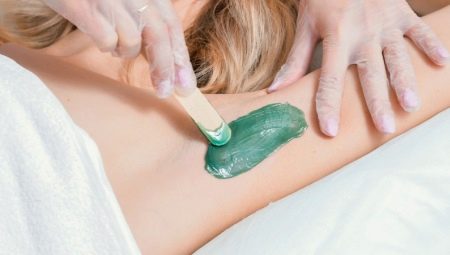
Unwanted hairs on the face and body spoil the person's appearance. Many procedures have been created to remove them. One of the most effective techniques is waxing. To use this method of depilation, you do not have to sign up for a salon, since you can do hair removal yourself at home. Before the procedure, you need to familiarize yourself with the intricacies of its implementation, contraindications, rules for preparation and subsequent skin care.
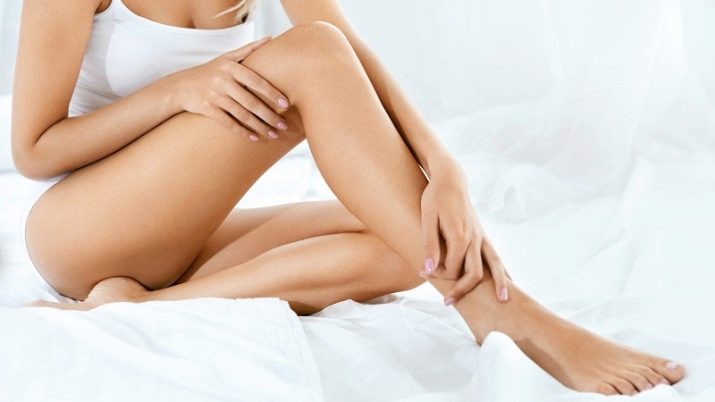
What it is?
Waxing - wax depilation. The technique is simple, but effective. It will suit both women and men with different skin types. The essence of the technique is to apply heated wax in the direction of hair growth. When hardened, the hair rods adhere to the mass and are reliably held by it. The cooled wax is removed with a sharp movement, while unwanted vegetation from the body disappears along with the hair follicles.
Waxing has certain pros and cons. The advantages of waxing are as follows:
- quick result and long-term effect - depending on individual characteristics, it lasts for 2-4 weeks;
- the possibility of using for all types of hair and skin on various parts of the body;
- minimal risks of irritation with proper follow-up care;
- a decrease in the growth rate of new hairs with a regular procedure and their subsequent thinning;
- an affordable technique that can be performed independently without resorting to the services of salon masters.
Unfortunately, we have not yet come up with the ideal methods for hair removal, and each of the available procedures has its drawbacks. Waxing has the following disadvantages:
- discomfort during depilation, especially pronounced in people with a low pain threshold;
- ingrown hairs under the skin;
- the risks of getting burns when the wax mass is overheated;
- the need to grow hairs to a certain length before each procedure.
Before resorting to waxing, you need to familiarize yourself with the possible side effects and contraindications.
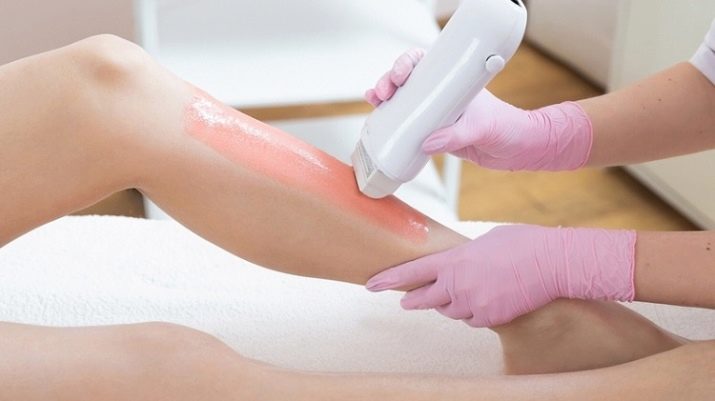
Comparison with shugaring
Wax and sugar depilation are similar in the principle of implementation and the effect on the structure of new hairs. In both cases, the vegetation becomes thinner and less dense, and the effect lasts for at least 2 weeks. However, waxing is in some respects inferior to shugaring. For example, caramel waxing is less painful and has a lower risk of ingrown hairs. People with sensitive skin and people prone to allergic reactions often resort to shugaring. Judging by the reviews, after waxing, some patients complain of rashes and itching. The fact is that wax pastes often contain flavors, dyes, preservatives and other "chemicals" that cause allergies. Sugar preparations are safe because they do not contain such ingredients.
The caramel paste is safe to use. Its working temperature is 38 degrees, so that when applied, it does not cause a burning sensation. The wax is heated to higher temperatures, since insufficiently heated mass is poorly applied to the skin and does not cope well with hair removal tasks. Caramel is allowed to be reused, which cannot be said about the wax mass. Due to this feature, a small amount of sugar paste can be used to process the entire area. Vasking is not such an economical procedure. However, wax removal also has some advantages that sugaring does not have. For example, sugar formulations have less adhesion, so they are not as effective at removing hair the first time. To achieve the desired smoothness, the technician often has to reapply the product to the area to be treated. Unlike shugaring, waxing takes less time.
Another advantage is its lower cost compared to caramel depilation.
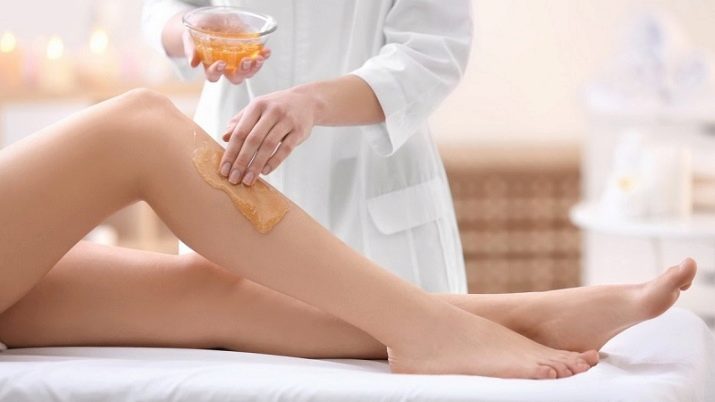
Indications and contraindications
It is recommended to resort to waxing in case of abundant hairiness and the presence of unwanted hairs on any part of the body and face. The procedure is indicated for people who get irritated with frequent hair removal with machines.
However, not everyone can benefit from wax hair removal services. The technique is contraindicated in the following diseases:
- varicose veins in the treated areas;
- mechanical damage to the skin in the area of the procedure - abrasions, scratches, cuts;
- inflammatory processes (herpes, abscesses);
- benign formations on the skin - moles, papillomas, warts;
- individual intolerance to beekeeping products;
- diabetes mellitus;
- blood clotting disorders;
- HIV, AIDS, cancer.
Removing hairs with wax is unacceptable during pregnancy and lactation, with acute respiratory infections and acute respiratory viral infections. To avoid irritation, do not wax after a recent natural tan or tanning salon, or after a deep exfoliation.

What areas are depilated?
Waxing removes unwanted hairs on the face, body and nose. It is best to entrust the depilation of the upper lip, chin and other areas on the face to a master. If the heating temperature is not observed and the wax mass is used incorrectly, delicate areas may be damaged. To reduce the risk of burns, it is recommended to use only warm wax. Due to the high sensitivity of the areas on the face, anesthetic creams or gels should be applied to the treated areas before the procedure.
Waxing of hands up to the elbow and legs in the lower leg area is popular among women and men. These areas have low sensitivity, so they are often treated on their own. Any type of wax can be used to remove hair. Waxing is also used to depilate the thighs, intimate area, armpits and back.

What are the wax types?
Various types of wax mass are used to remove unwanted hairs. They have their own classification. Cosmetic wax is cold, warm, and hot. They have different textures, application temperatures and usage patterns.
Cold
This type of waxing is adapted for home depilation. Such products are ready-to-use strips on which a wax mass is applied. It contains beeswax, natural resins and aromatic substances. Wax strips have the following benefits:
- ease of use;
- financial availability;
- wide assortment.
Unlike other types of wax, cold waxes are not as effective as they do not provide reliable adhesion to the hairs. Due to the low temperature of the strips, the consumer often has to process the same area several times - all this often leads to irritation, ingrown hairs and other undesirable side effects.
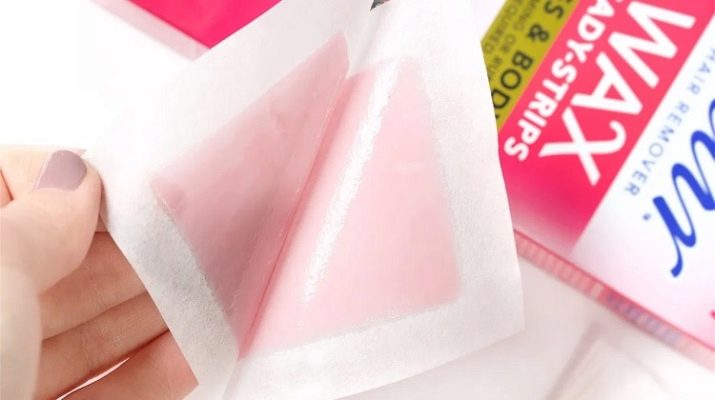
Warm
The maximum temperature for using these types of wax is 45 degrees, due to which the risks of burns during depilation are reduced to zero. Cartridges have been created for independent use. They are equipped with a roller, due to which the mass is quickly and evenly distributed over the skin. Warm wax, which cures slowly, promotes good pore opening - this leads to faster, more effective and painless hair removal.
The advantage of warm film waxes is the exact repetition of the curves of the body, due to which it is possible to achieve perfect skin smoothness even in hard-to-reach places. The disadvantages of cartridges include the need to purchase an additional device, a voskoplav, whose task is to maintain a given temperature.
When choosing a product, you need to pay attention to its adhesion, density and texture indicators.
Hot
These types include refractory waxes, which must be heated to a temperature of 50–65 ° C before use. Due to the high risk of burns, hot vasking is performed by experienced craftsmen in salons. It is recommended for removing coarse hairs in large areas, as well as for depilation on sensitive areas.
Hot wax release form:
- balloons;
- bars;
- disks;
- granules.
Such products are made on the basis of beeswax, natural resins and paraffin. The products of some brands contain vitamin complexes and natural oils that have a moisturizing and soothing effect.
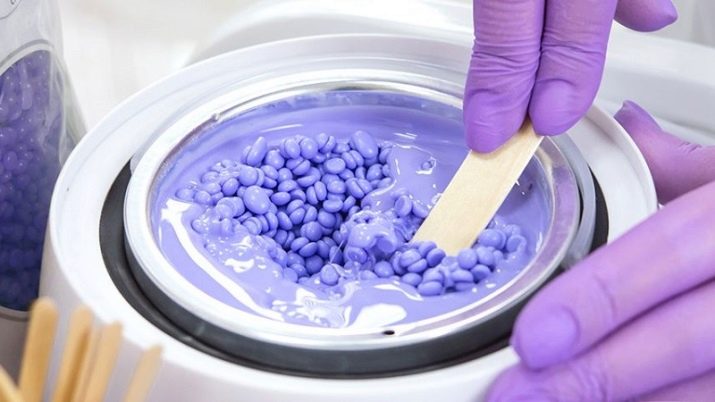
Technician overview
There are several techniques depending on the areas to be treated. The following are distinguished:
- American;
- French;
- Brazilian;
- full Brazilian.
The first technology is aimed at removing unwanted hairs along the swimsuit line. The second technique is similar to the first, however, it involves expansion in the pubic area. The Brazilian deep technique is to remove hairs all over the body except for the triangle in the intimate area. The latter is aimed at depilation of all problem areas, including the anus and buttocks.
What do you need for the procedure?
It is recommended to prepare the necessary materials in advance for work.It is important that during the procedure they are at hand so as not to be distracted by the search for the right accessory. For depilation you will need:
- cassette or canned gel wax;
- wax melter for softening the working mass;
- strips of fabric or paper (bandage);
- products with a degreasing effect for the skin;
- a spatula for applying a wax mass;
- means for removing wax residues;
- napkins;
- gloves;
- soothing and moisturizing products for application after depilation.
In stores, you can find ready-made waxing kits or purchase wax and the necessary tools separately. The most popular hair remover is Warm Veet Wax. It is perfect for sensitive and irritation-prone skin. The tool acts delicately due to the essential oils included in the composition, it does not dry out the skin and does not irritate it.
For "deep" depilation, the Floresan Deep Depil product is suitable. Aloe Vera wax is specially formulated to remove hair from the intimate area.

How to Prepare?
Before depilation, it is important to follow a number of recommendations, thanks to which you can increase the effectiveness of the procedure and reduce the risk of side effects. Preparation includes a number of activities:
- peeling 2 days before the session (it helps to prevent ingrown hairs);
- refusal to visit the solarium, sauna and beach 2 days before depilation;
- preliminary test for allergic reactions;
- taking a shower without the use of cosmetic products.
People with special sensitivity should take an analgesic drug one hour before the session. It can be Nurofen, Ibufen, Tempalgin and others. As anesthetics, you should use ointments or creams with an analgesic effect, for example, "Lidocaine".
Preparation also consists in shortening hairs that are too long to 5 mm - for this purpose it is recommended to use a trimmer. The length should be no more than 6 mm, otherwise the hairs will become tangled and may break. If your hair is too short, you need to grow it back. Insufficient length leads to a decrease in the effectiveness of the procedure and an increase in pain.

How to do hair removal?
Before depilation, you need to properly prepare the wax. To do this, it should be warmed up to the temperature specified in the manufacturer's instructions. The composition can be melted in special furnaces or wax melters. You can warm up wax at home in the microwave or in a water bath. The melted granules or discs should be similar in consistency to liquid honey. When heating the mass in a microwave oven, you can use a special thermometer to measure the temperature. In order not to burn yourself, you need to drip wax on your wrist, thus checking the degree of heating. If the mass is too hot, you need to wait a little until it cools down.
Apply wax to clean and dry skin. When applying an anesthetic ointment to the area, it must be removed with a damp cloth and disinfected using salicylic alcohol. After the steps taken, you can start depilation.
It is worth adhering to the rules for removing hair shafts with wax with your own hands.
- It is necessary to apply the working mass to the treated area along the hairline with a spatula or a special spatula. When using warm wax, the composition is applied in a layer up to 2 mm, hot - no more than 1 mm.
- The bandage should be applied and smoothed in the direction of hair growth. No strips are required when using film wax.
- It is necessary to remove the applied bandage after 10 seconds. You need to remove the strip with a sharp movement in the direction against the growth of hairs. To avoid bruising, it is advisable to stretch the skin slightly. The remaining wax must be removed with a napkin dipped in vegetable oil.
Many people are interested in how often waxing can be done.Cosmetologists are unanimous in their opinion - you need to perform the procedure as needed. However, sometimes it is worth giving the skin a break. Too frequent depilation leads to an increase in the number of ingrown hairs and thinning of the upper layer of the epidermis.
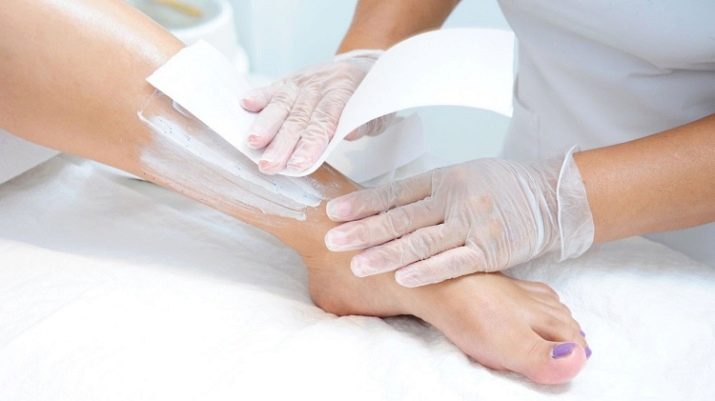
Follow-up skin care
After depilation, you need to use soothing products for the skin. This can be a frozen decoction of calendula or chamomile, as well as regular ice. It is recommended to wipe the skin with them immediately after the procedure. Moisturizing creams should be used to relieve irritation. Natural oils such as olive oil are also suitable for these purposes. For deep moisturizing, you can use Pentenol ointment or cream containing chamomile or aloe vera. If you ignore these recommendations, the skin will flake off.
After the procedure, preference should be given to loose-fitting clothing. The fact is that waxing leads to skin irritation, and excess friction will cause additional discomfort. After depilation, you cannot wash for the next 6 hours; in addition, you need to postpone visits to tanning salons and sunbathing for 48 hours. Peeling of the treated areas should be done once every 2 weeks - due to the removal of keratinized cells, the risks of ingrown hairs are significantly reduced.
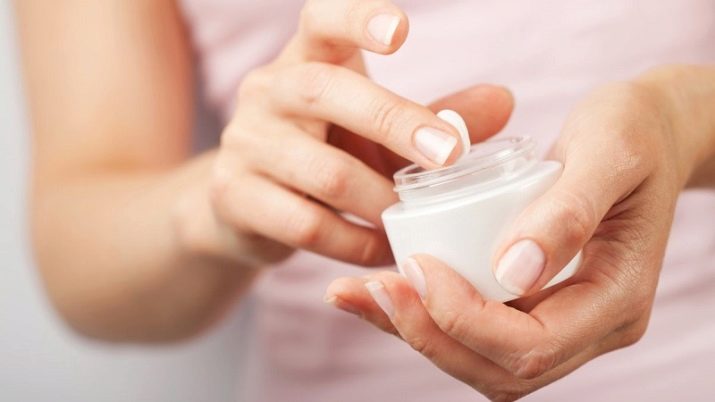
Review overview
Before waxing, it is recommended that you familiarize yourself with the responses of those who have already removed unwanted hairs with wax on their own or from professional craftsmen. Most of the reviews are positive. Customers note the following benefits of waxing:
- removal of hairs from the root, due to which they become thinner over time and become lighter;
- speed of the procedure;
- smooth and delicate skin after waxing, long-term preservation of the effect;
- the ability to process a large area in a short time period.
Customers report that hair grows more slowly after waxing. Some women complained about the painfulness of the procedure, ingrown hairs and the inability to completely get rid of unwanted hair on the body.









